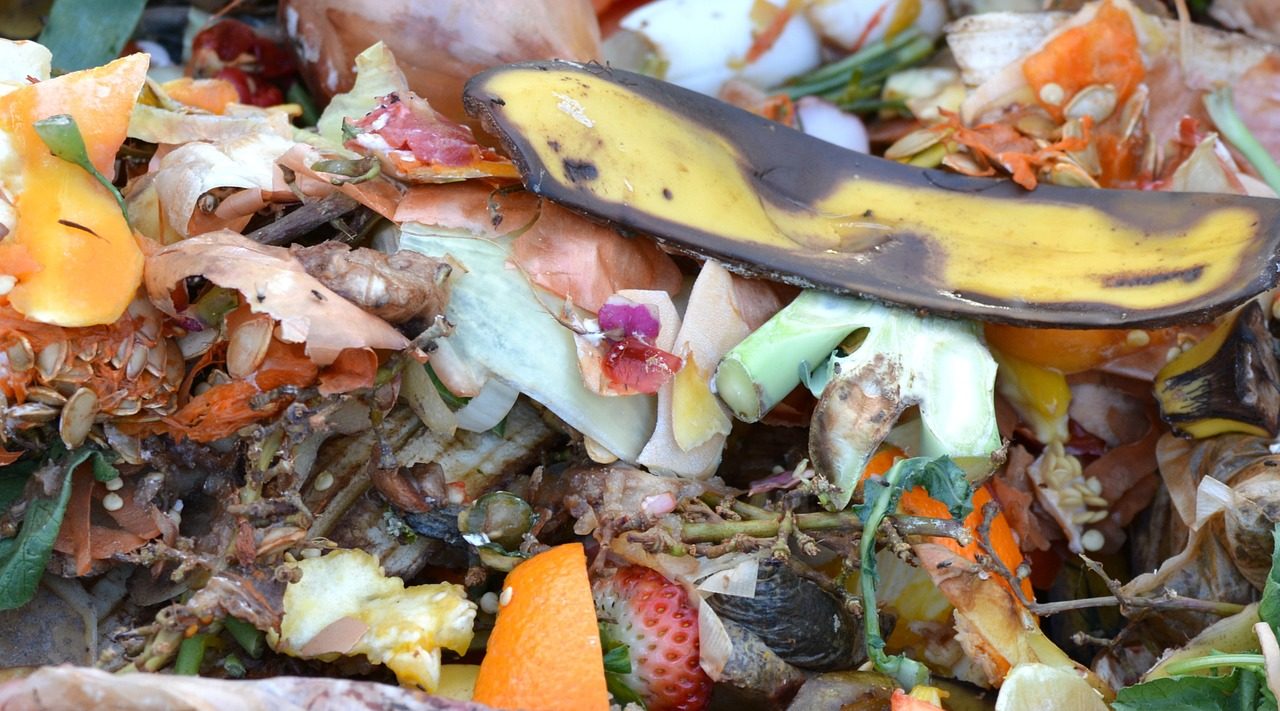Around 16% of households compost food waste, while 13% feed it to animals, according to new data from the Central Statistics Office (CSO).
Today (Monday, November 8) the office has published the Household Environmental Behaviours – Waste and Recycling Quarter 3 2021 report, which analyses how Irish households manage their waste.
Statistician in the CSO Environment and Climate Division Clare O’Hara said that the report, based on a household survey, covered how households dispose of their waste, sources of irritating noise pollution, radon exposure, and purchases of second-hand items.
“Around 80% of households dispose of non-recyclable waste using a wheelie bin collection service. In rural areas, 15% of households bring it to a recycling centre compared with 4% of households in urban areas,” O’Hara said.
“The situation for recyclable waste is broadly similar with 78% of households using a wheelie bin service.”
Food waste
O’Hara said that food waste was disposed of in a greater variety of ways: 49% of households used a wheelie bin service; 30% put it in the residual bin; 16% composted it at home; and 13% fed it to animals.
“Geographical location was an important factor e.g. 28% of rural households fed food waste to animals compared with 6% of urban households,” she explained.
“Garden waste was more likely to be composted at home than food waste with 37% of households using the organic bin and 37% composting it.
“In rural households, 69% composted garden waste compared with 22% of urban households.”
Noise pollution
Road traffic was the main source of noise pollution that caused irritation to a household.
“Although 54% of households did not report any irritating noise pollution, 25% of households experienced it from road traffic, 19% from dogs, and 19% from neighbouring houses,” O’Hara said.
“Higher levels of noise pollution from road traffic were experienced by rented households (34%) compared with 21% of owner-occupied households.”
Meanwhile, around 8% of households often bought or received used clothes through second-hand shops or internet platforms.
“Only 1% of households often purchased used electronic items from second-hand shops and 2% often purchased used furniture from second-hand shops,” O’Hara added.
